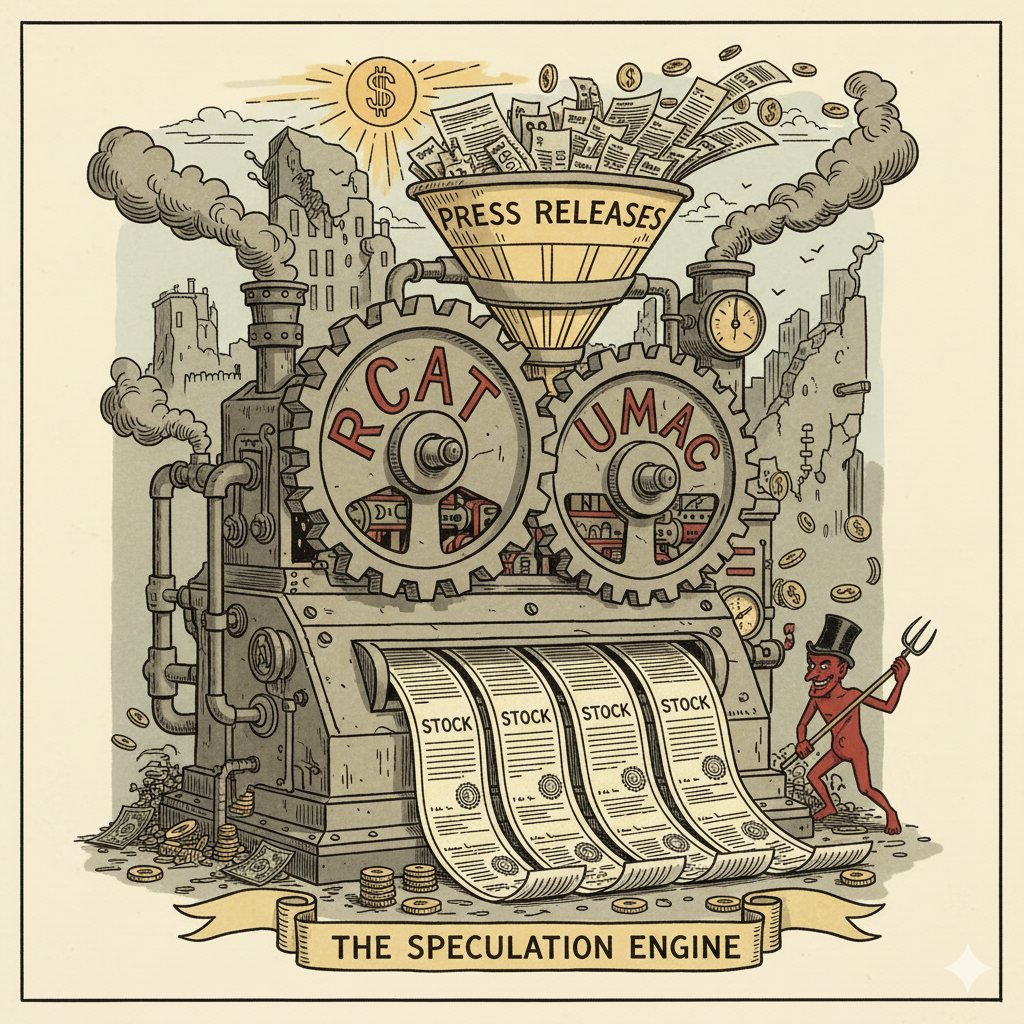Executive Summary
The 2022 merger of Quidel Corporation and Ortho Clinical Diagnostics was designed to create a comprehensive diagnostics leader.¹ The strategy paired Quidel’s point-of-care agility with Ortho’s global laboratory strength.
However, the post-merger period proved challenging. The rapid decline of high-margin COVID-19 testing revenue exposed significant financial and integration difficulties. This situation culminated in a decisive course correction in early 2024. The board replaced the merger’s architect and installed a new C-suite with a clear mandate for change.²
QuidelOrtho is now in a fundamental turnaround. The company has pivoted from a strategy of “growth via merger” to one of “profitability via integration.” Under new leadership, the focus is intensely on operational efficiency, aggressive cost-saving, and prioritized debt reduction. The recent decision to discontinue the long-gestating Savanna® molecular platform in favor of acquiring a more promising external technology exemplifies this new, unsentimental approach.³
Significant risks remain, particularly the company’s substantial debt and recent negative cash flow.⁴ However, the path forward is now clearer. The new strategy is expected to restore profitability, strengthen the balance sheet, and drive long-term value through disciplined execution and focused innovation.
(more…)
